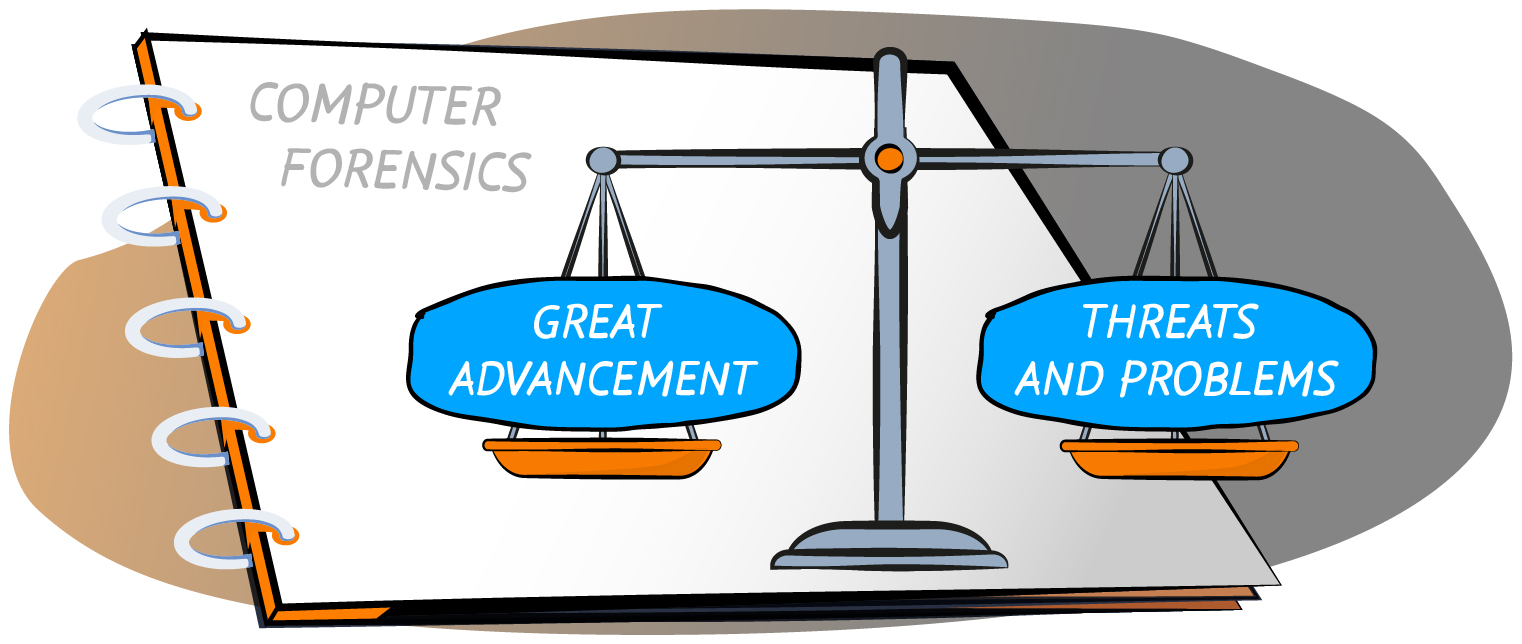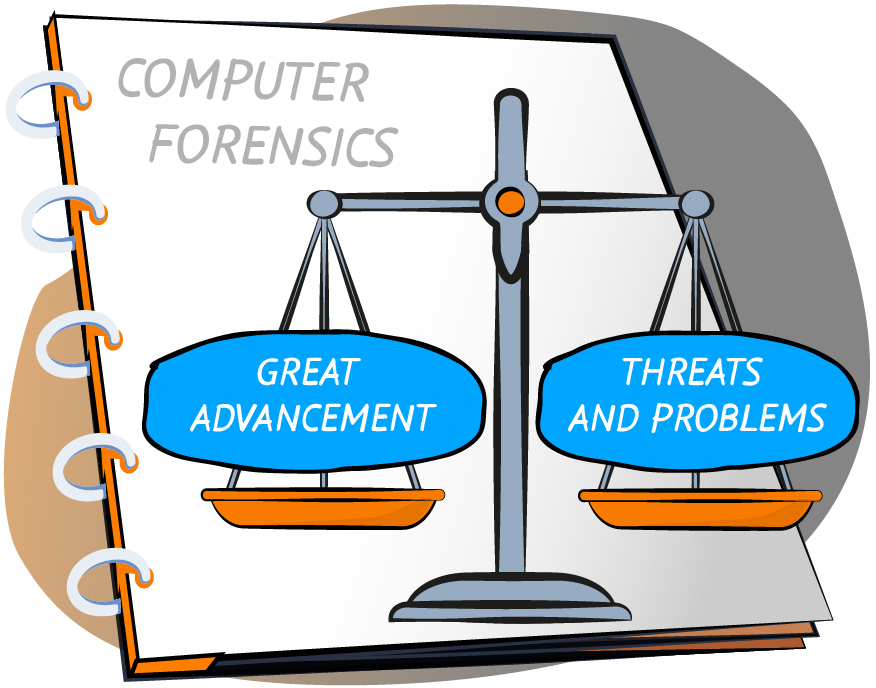When you discover that your enterprise has been victimized by cybercrime or breached, your first thought is to seek out the origin of the crime. But for corporate computer forensics, that’s just the beginning. Its function involves the discovery, analysis, and presentation of digital evidence. With the rise of technology and computer technology in the past 50 years, so too came a completely new spectrum of crimes committed via computers and the Internet. This ushered in the development of computer forensics tools in order to track and prevent such crimes committed via a smorgasbord of various technological methods.
The 1980s saw the beginning of the popularity of digital financial crimes. Modern computing, along with providing the basis for the great advancement of information exchange and the modern quality of life people now enjoy, also facilitated a significant breadth of threats and problems. Many issues came simply as a result of instant communication, such as human exploitation, trafficking, drug trading, cyber stalking, and cyber terrorism. Others took the form of data breaches and the theft of information. This would end up shaping the study of computer forensics as we know it. Any system is vulnerable to unauthorized penetration in one way or another.


The Forensic Investigations Corporate Environment
The purpose of computer forensics software is to analyze the hardware and operating systems, applications, networks, and storage media, with the equipment used determining the complexity of the investigation. Investigations begin with the collection of data. First the specialists must obtain authority for the search, establish the chain of custody, hash and duplicate all evidence. Computer forensics tools are subsequently used to validate all of the tools the victim was using, these tools are analyzed, and then reproduced. After all of that, the expert makes his or her conclusion and presents testimony to the court if requested. Computer forensic software is used to simulate the possible routes that the criminal could have taken in order to achieve his malicious ends. It is important in the event of a crime not to allow employees to touch it, as it may be intentionally or unintentionally tampered with, and hand it off to police or a digital forensics specialist to get a handle on the situation.
CONDUCT CONFIDENTIAL INVESTIGATION WITHIN YOUR NETWORK
Protecting the Environment
Accompanying digital crimes in the advancement of technology is the phenomenon of environment forensics. With the ever-growing popularity of technology’s utilization at a distance, not only do hackers continue to take advantages of a greater number of opportunities, but so do employees. In fact, employees have emerged as the greatest cause of losses to companies due to fraud. This has led to development of the profession of environment forensic scientists. These scientists are able to monitor everything going on in an office involving all devices, social networks, potential fraud risks, network vulnerabilities, and much more as well as providing search instruments and alert systems. Thanks to corporate environment forensics, companies also are able to track how fraud or cyber crimes have been committed, prosecute them, and prevent them from happening on a regular basis.
Sign up for a free trial
SearchInform uses four types of cookies as described below. You can decide which categories of cookies you wish to accept to improve your experience on our website. To learn more about the cookies we use on our site, please read our Cookie Policy.
Necessary Cookies
Always active. These cookies are essential to our website working effectively.
Cookies does not collect personal information. You can disable the cookie files
record
on the Internet Settings tab in your browser.
Functional Cookies
These cookies allow SearchInform to provide enhanced functionality and personalization, such as remembering the language you choose to interact with the website.
Performance Cookies
These cookies enable SearchInform to understand what information is the most valuable to you, so we can improve our services and website.
Third-party Cookies
These cookies are created by other resources to allow our website to embed content from other websites, for example, images, ads, and text.
Please enable Functional Cookies
You have disabled the Functional Cookies.
To complete the form and get in touch with us, you need to enable Functional Cookies.
Otherwise the form cannot be sent to us.

Subscribe to our newsletter and receive a bright and useful tutorial Explaining Information Security in 4 steps!

Subscribe to our newsletter and receive case studies in comics!